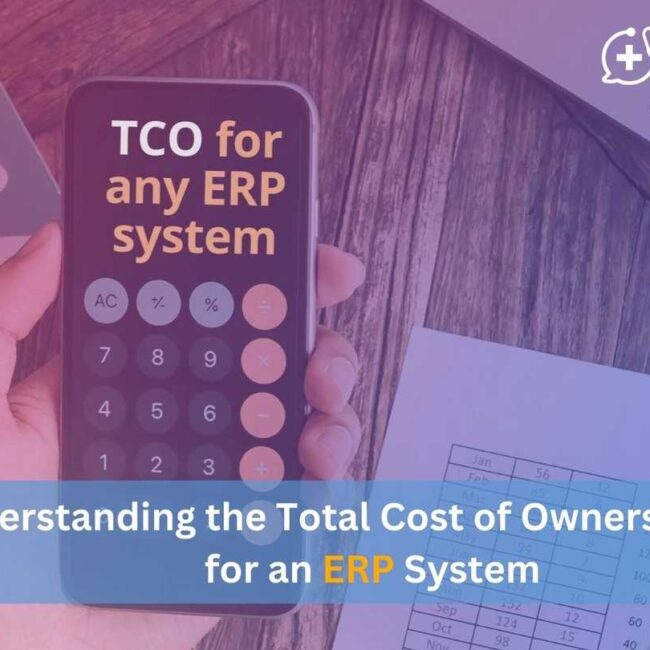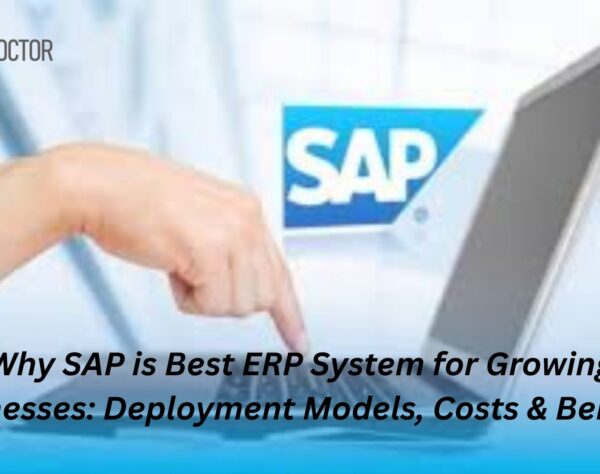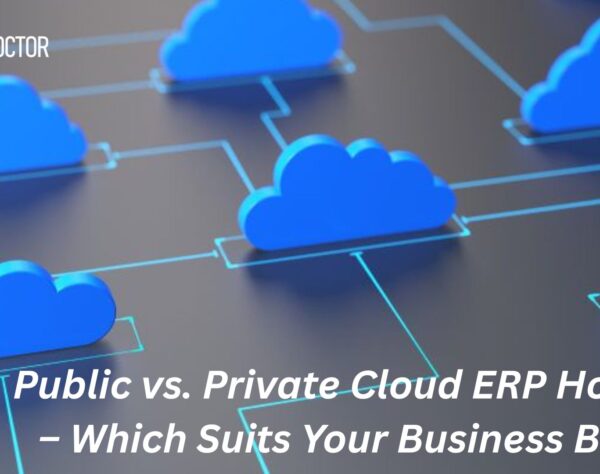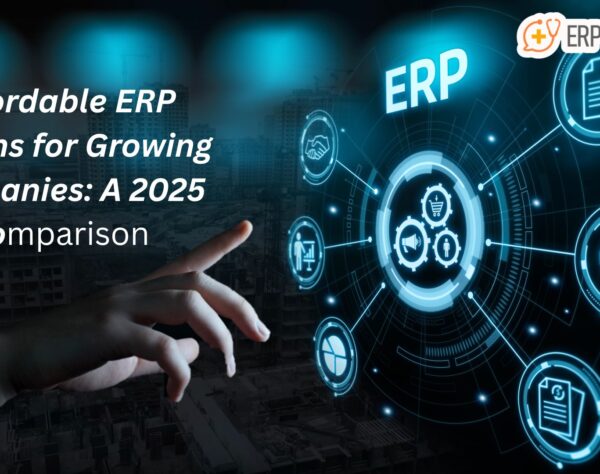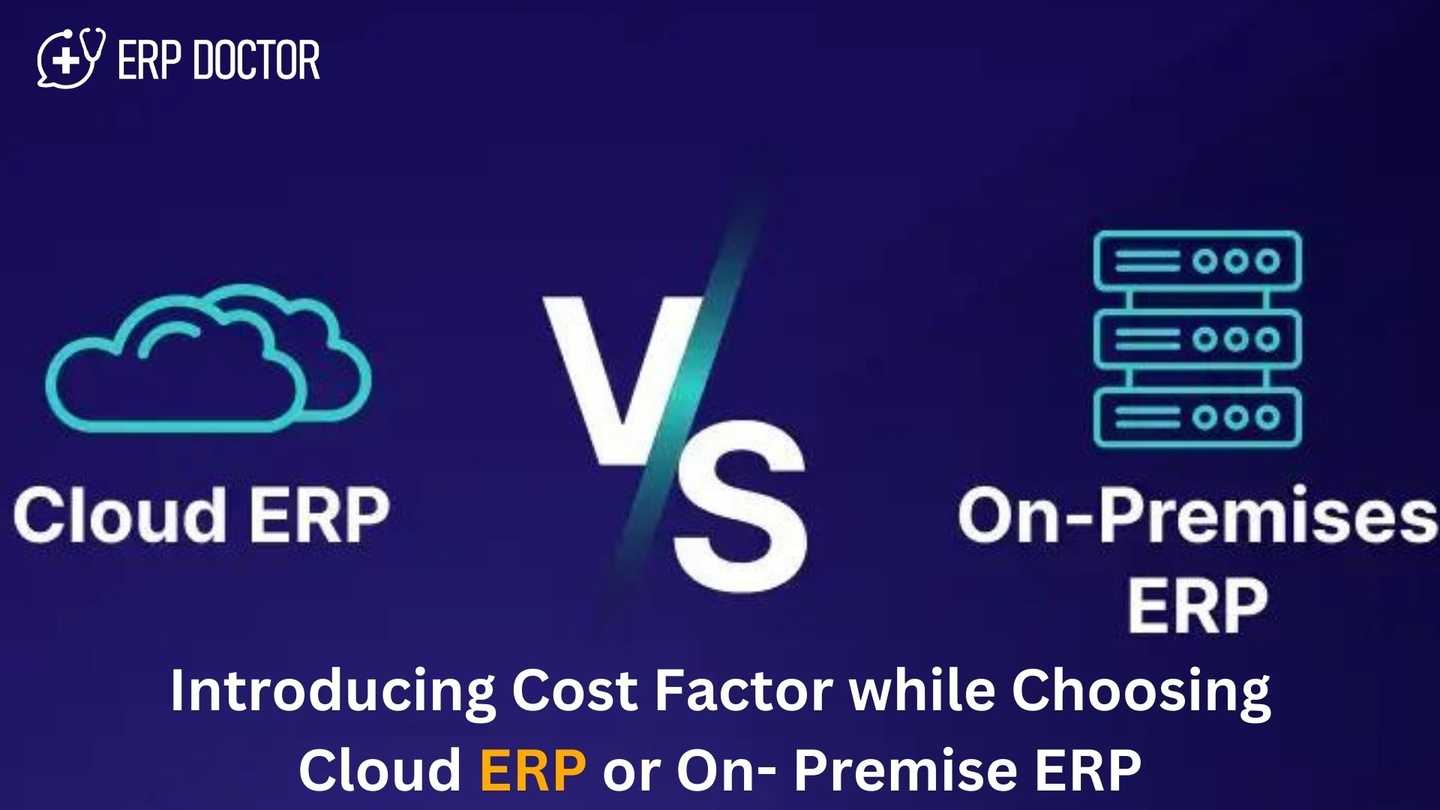
Introducing Cost Factor while Choosing Cloud ERP or On- Premise ERP

Understanding Cost Variations: On-Premise vs. Cloud ERP Solutions
Enterprise Resource Planning (ERP) systems are critical for many organizations, providing essential tools to manage and optimize business processes. When selecting an ERP system, businesses must decide between an on-premise ERP solution and a cloud-based ERP solution. Grasping the cost dynamics of each option can greatly influence this decision. This blog examines the cost variations between on-premise and cloud ERP systems, focusing on key factors like licensing, infrastructure, networking, and more.
On-Premise ERP Solutions: Initial Investments and Capital Cost
Opting for an on-premise ERP solution involves a significant initial investment. These costs fall under capital expenditures (CapEx) and generally include:
License Cist :
The upfront cost of purchasing software licenses can be substantial. Unlike cloud solutions, which typically use a subscription model, on-premise ERP systems require a one-time, upfront license payment.
Infrastructure Cost Expenditures:
Implementing an on-premise ERP necessitates investment in the necessary hardware. This includes servers, storage devices, and other equipment essential for supporting the ERP system.
Networking Costs:
A robust network infrastructure is crucial for the optimal performance of an on-premise ERP. This encompasses expenses for routers, switches, and other networking components.
Maintenance and Upgrade Expenses:
Maintaining an on-premise ERP involves regular updates and possible hardware upgrades. These ongoing costs are an important consideration, as they can accumulate over time.
Cloud ERP Solutions: Operational Expenses and Low Initial Costs
In contrast, cloud ERP solutions operate on a different financial model, emphasizing operational expenditures (OpEx). The cost structure for cloud ERP is more flexible and generally includes:
Subscription Costs:
Cloud ERP solutions are typically offered on a subscription basis, meaning you pay a recurring fee (monthly or annually) to access the software. This eliminates the need for a large upfront investment in licenses.
Minimal Infrastructure Cost :
With a cloud ERP, the infrastructure is managed by the vendor. This means you don’t need to invest in servers, storage, or networking equipment, significantly reducing your initial capital expenditure.
Vendor-Managed Maintenance and Upgrades:
The cloud ERP provider handles all software updates and maintenance, ensuring you always have access to the latest features and security enhancements without additional costs.
Scalability:
Cloud ERP solutions offer the flexibility to scale up or down based on your business needs. This can lead to cost savings, as you only pay for what you use.
Choosing between an on-premise ERP solution and a cloud ERP solution requires a thorough understanding of the cost implications associated with each option. On-premise systems demand significant initial capital expenditures, covering license, infrastructure, and networking costs. Conversely, cloud ERP solutions offer minimal upfront charges and operate on a subscription basis, with the vendor managing the infrastructure and maintenance.
To learn more about our services, please visit us at: https://erpdoctor.in/
Embark on an inspiring journey today – Visit our website and discover a world of knowledge, creativity, and endless possibilities! Don’t miss out on exclusive content and exciting updates. Click here to explore and be part of our thriving community!



